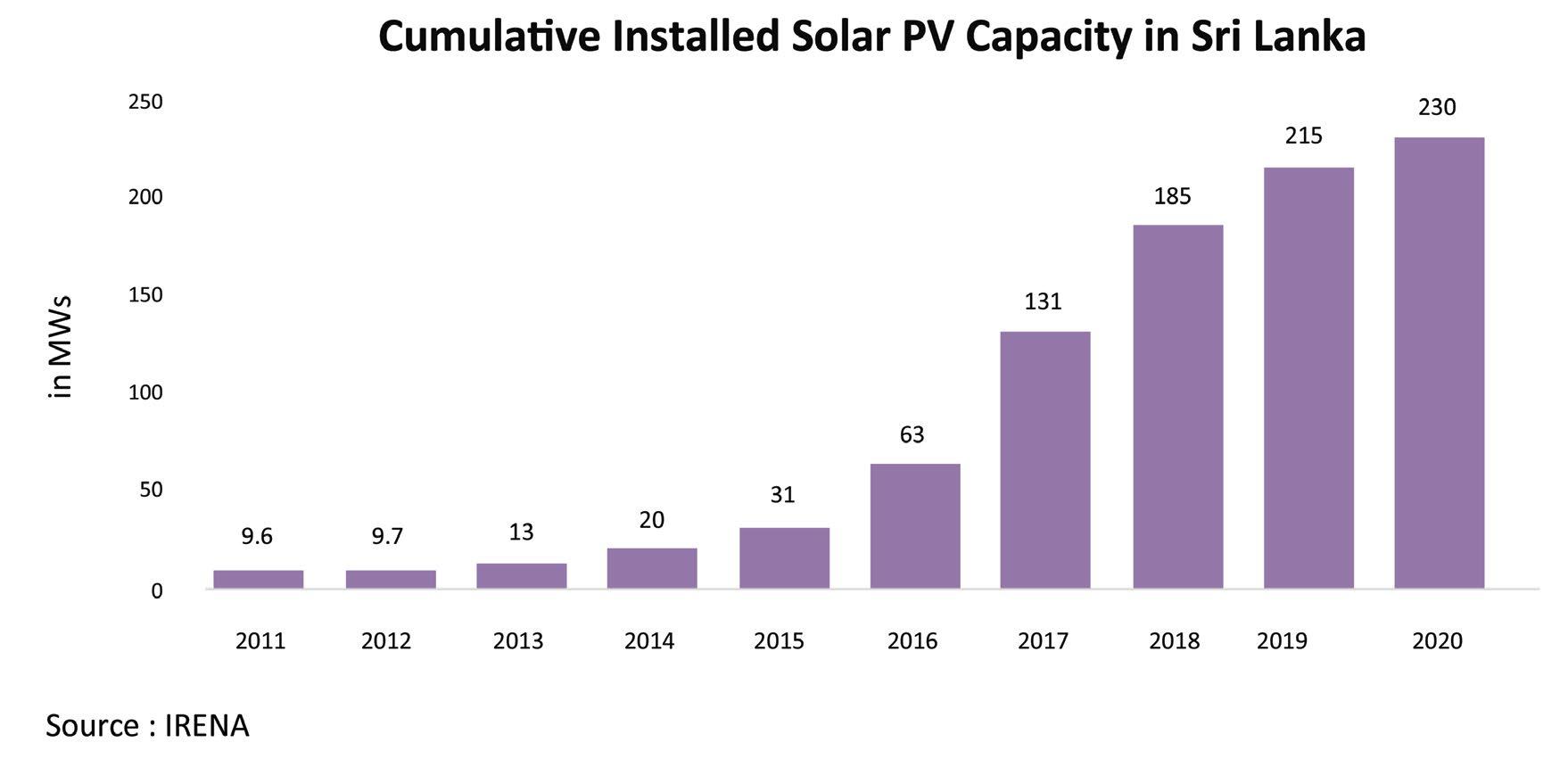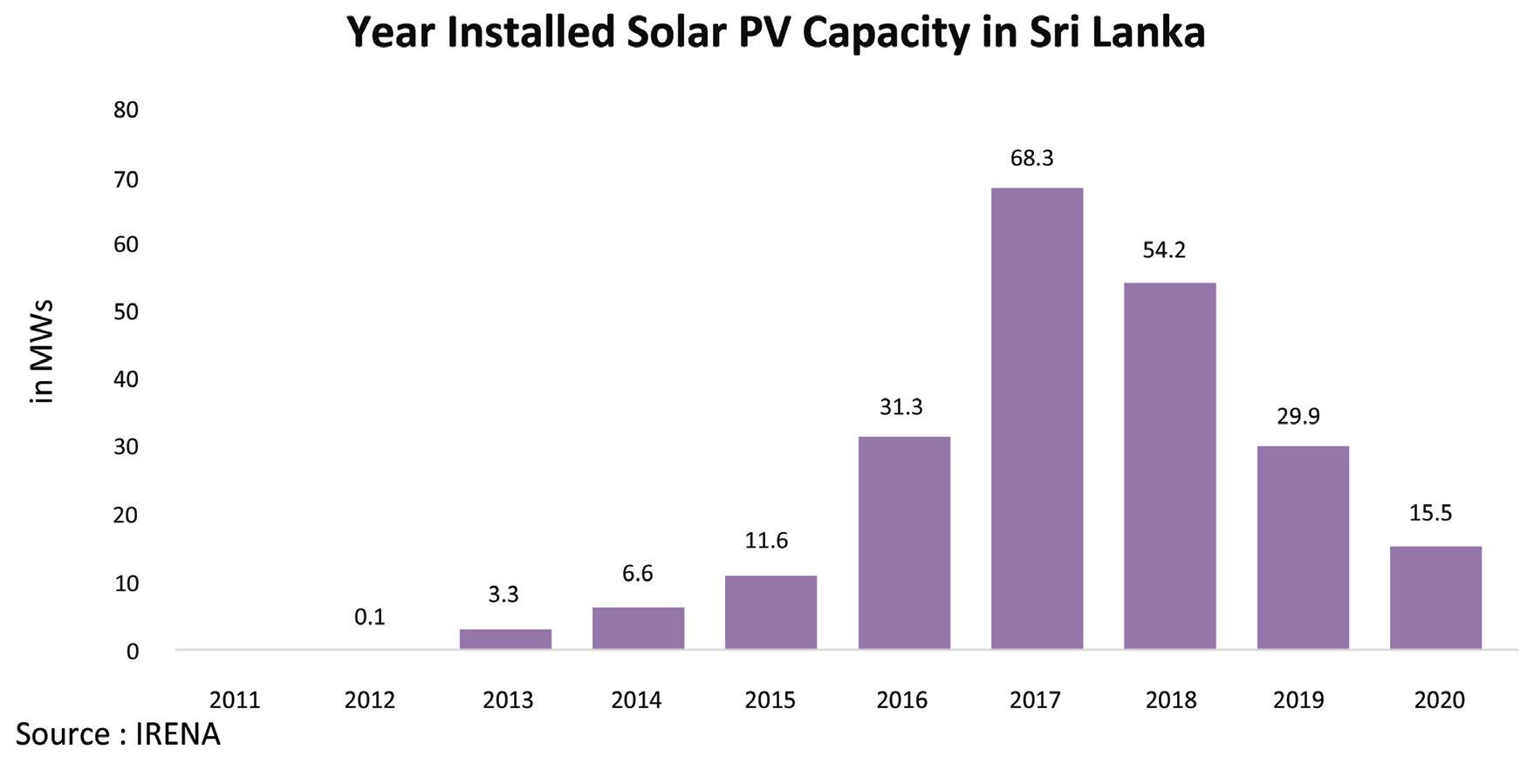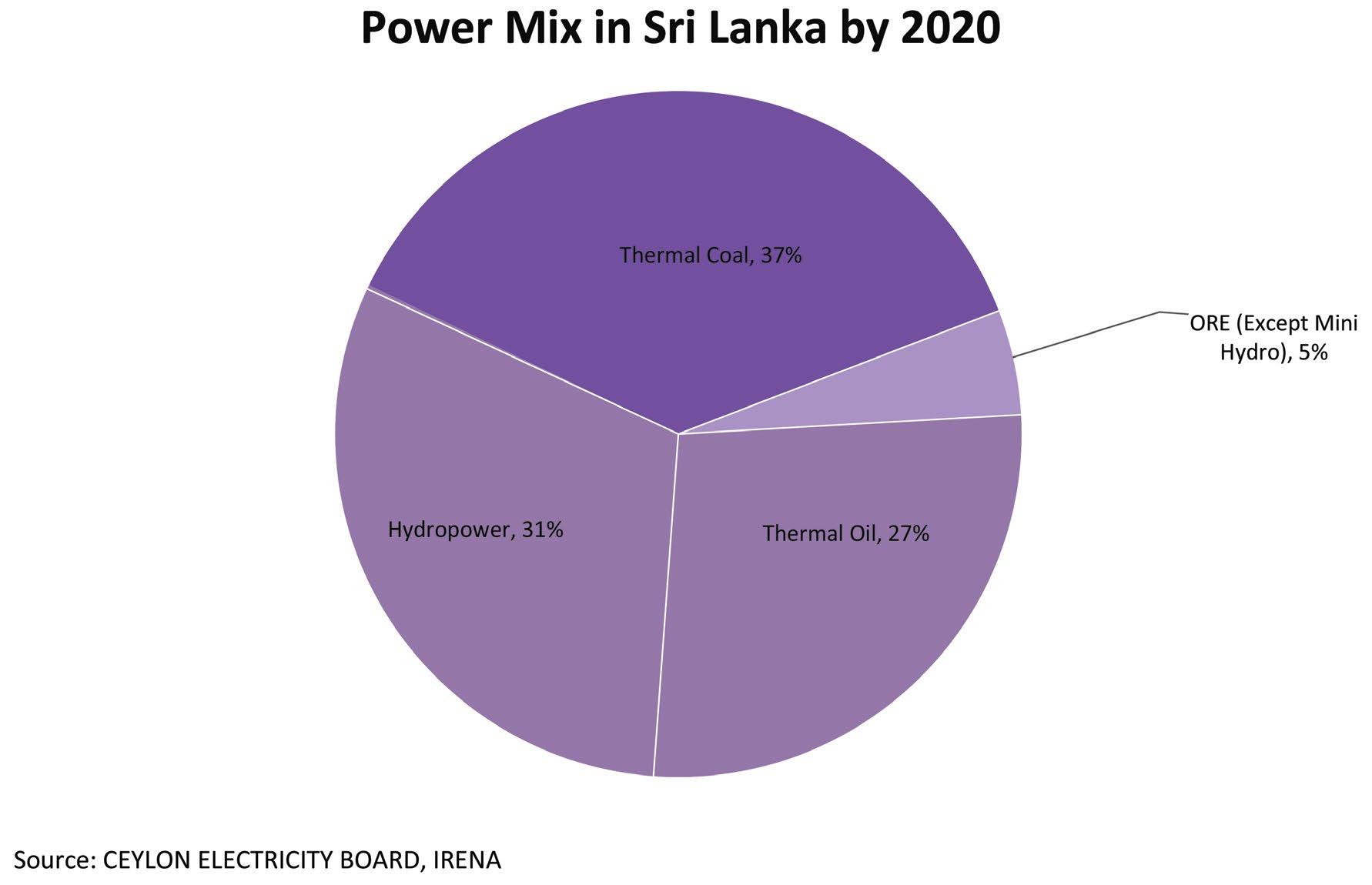
4 minute read
SRI LANKA ROOFTOP SOLAR……..................………………………………………………………………………….…………………….…………39
SRI LANKA
Sri Lanka has substantial potential for renewable energy resources, and the government also has given policy directives to go for high amounts of renewable energy. Solar, Wind, Biomass, and Hydro are the proven resources being commercially developed at present. With the establishment of the Sri Lanka Sustainable Energy Authority (SLSEA) which becomes the custodian of the renewable energy resources, and is the focal national entity for implementing renewable energy development programs in the country. The cabinet of ministers has approved the development of 100 MW of Siyamabalanduwa Solar Power project through private sector investment, Ceylon Electricity Board (CEB), which runs the national grid will build a transmission line from Ampara to Medagama to take the Power once the completion of the project. The government has set the target to achieve 70% of renewable energy in the national grid by 2030. The state minister along with SLSEA set the goal to develop sustainable energy sources in the country. In 2020, Lanka Electricity Company (LECO) and the University of Moratuwa (UoM) launched a pilot project consisting of a commercial microgrid and a research and development facility that will study renewable energy and smart grids. Earlier in March 2020, CEB was looking for proposals for 20 Solar Power projects ranging in size from 3 MW to 10 MW, the government was planning to purchase 150 MW of Solar PV Power by end of 2020, the investment in the Solar PV sector is expanding to increase the renewable capacity in the overall Power mix. The ceiling price for the tender was LKR 15.60 ($0.086)/kWh. The utility informed that 80% of the proposed tariff will be re-adjusted based on fluctuations in the exchange rate. The country has huge potential for Solar, also having more than 250 MW of planned Solar Park projects by 2026.
Advertisement
The installed Solar Power capacity in the country was around 230 MW by 2020, there are many initiatives taken by the Ministry of Energy to increase Solar capacity in the country such as the introduction of micro-grid projects where grid availability is not there. Due to Covid 19, the pace of Solar PV installations has reduced, by the end of 2020, the cabinet of ministers has approved 100 MW of Solar Park at Siyamabalanduwa. The installations were slow in 2020, where the country installed just 15.5 MW of Solar PV capacity. Between 2019 and 2025, Sri Lanka aims to add 1,564 MW of total Solar PV Power capacity, in this large-scale Solar accounts for 1,034 MW, 330 MW from rooftop Solar, and 200 MW of floating Solar PV Power projects, under its Renewable Energy Development Plan Phase I 2019-2025.
EQ iSearch




EQ iSearch

EQ iSearch


EQ iSearch
According to the Energy Policy in Sri Lanka, it is expected to ensure energy security through supplying cleaner, secure, economical, and reliable energy to provide convenient, affordable energy services to support socially equitable development in Sri Lanka. This policy aims to realize carbon neutrality by 2050. The long-term generation expansion plan prepared based on energy policy by Ceylon Electricity Board for the period 2020-2039, focused on the development of renewable energy to achieve the said targets. The long-term generation expansion plan illustrated that the projected target of total other renewable energy capacity is planned to increase from 1,245 MW in 2020 to 4,330 MW by 2039.
The “Energy Banking Facility “commonly known as the “Net Energy Metering Facility” for electricity consumers was introduced in Sri Lanka in 2010 by the Ministry of Power and Renewable Energy, Ceylon Electricity Boards, and Lanka Electric Company. The consumer is not paid (no financial compensation) for the export of energy but is given credit (in kWh) for the consumption of the same amount of energy for subsequent billing periods. The Government of Sri Lanka (GOSL) has launched an accelerated Solar development program in 2016 to promote rooftop Solar installations in the country. This was further enhanced by introducing another two schemes. “Net Accounting” is an extension to the existing new metering scheme where the consumer is compensated for the exported energy with a two-tier tariff for 20 years. The generating capacity of the facility is limited to the contract demand of the consumer. The third scheme is the “Net Plus” scheme where the consumer can install a Solar PV generation unit and all the generated energy will be exported to the grid.
ROOFTOP SOLAR




